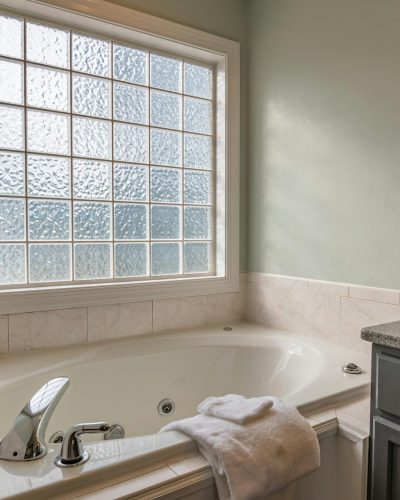
The Importance of Gas Plumbing
Gas plumbing is crucial not only for its role in delivering energy but also for maintaining safety. A poorly installed or maintained gas system can lead to serious consequences, such as gas leaks, explosions, or carbon monoxide poisoning. These risks highlight the importance of professional installation and regular inspection.

